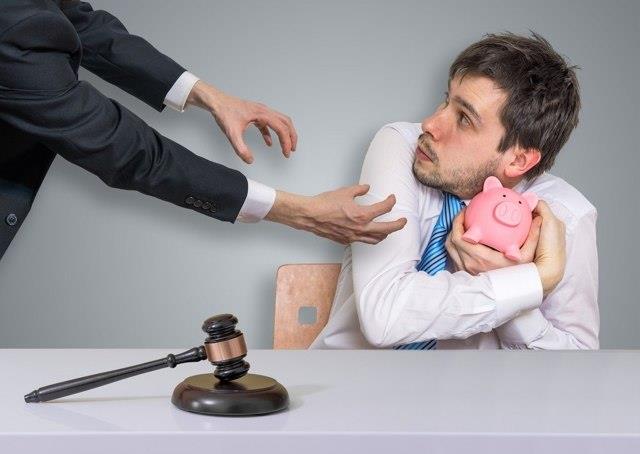Bankruptcy defined
What Actually Happens When You File For Bankruptcy
What happens when you can’t pay your debts? Well, once upon a time such as in ancient Greece you might have ended up in ..
How Bankruptcy Works
It’s not just a magic word you can yell and your debts disappear, but it can offer the relief you need! Two Cents on FB: .
Chapter 7 Bankruptcy Pros and Cons in a COVID-19 World
Chapter 7 bankruptcy pros and cons – filing chapter 7 bankruptcy is a big decision. In this video I share with you the 3 biggest …
What is bankruptcy
In this video Liz Thomas of the Insolvency Service explains the basics about bankruptcy – what it is, how to apply, how the process …
The Pros and Cons Of Bankruptcy
The Pros and Cons Of Bankruptcy: One of a few options to get out of overwhelming debt is bankruptcy. Doug Hoyes, goes through …
Insolvency vs. Default vs. Bankruptcy: Three Terms Defined, Explained and Compared in One Minute
A one minute video through which insolvency, default and bankruptcy have been defined, explained and compared. Way too ..
What is the Difference Between a Personal Bankruptcy and a Business Bankruptcy?
As a general rule, individuals will file a personal bankruptcy under Chapter 7 or Chapter 13 of the Bankruptcy Code, while …
Bankruptcy defined – There are two types of bankruptcy
- wall repair patch plaster
- How to Paint Furniture Old Wooden Chest of Drawers
- 90% of Germans working mothers: reconciling work and family deadbeat
- Make a canopy over a balcony
- plastic replacement windows in the apartment
- What can you expect from an interior design salary
- Bimetallic heater what is it
- Clean water air coolers evaporative swamp cooling system reviews
- ventilation system at home
- Electronic water heating system

